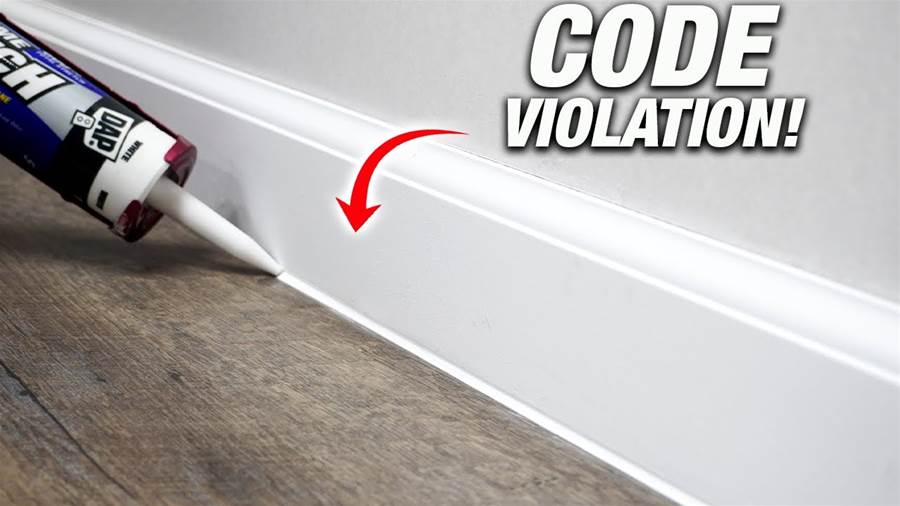

Caulking baseboards to the floor has become a topic of great controversy among DIYers. Some swear by it, claiming it provides a finished and seamless look, while others argue that it is unnecessary and can actually cause problems. So, should you caulk your baseboards to your floor? Let's explore the pros and cons of this technique.
One of the main benefits of caulking baseboards to the floor is the aesthetic appeal. When done correctly, it creates a clean and polished appearance, eliminating any gaps or cracks between the baseboards and floor. This can be especially useful if your baseboards are slightly warped or if there are uneven gaps due to an older house settling.
Caulking can help mask these imperfections, providing a more professional and finished look to your room.
Caulking can also help in preventing the entry of dirt, dust, and insects that may find their way into these small gaps. This can be particularly helpful in kitchens and bathrooms where moisture levels are higher and there is a higher risk of pests. By sealing the gaps, you can minimize the entry points for unwanted guests and improve the overall cleanliness of your home.

Additionally, caulking can provide an added layer of insulation.
By sealing off gaps between the baseboards and the floor, you can prevent drafts from coming in or warm air from escaping, which in turn helps improve the energy efficiency of your home. This can result in lower heating and cooling costs over time.
On the other hand, the main disadvantage of caulking baseboards to the floor is the difficulty of removing them if necessary. If you decide to change your flooring or baseboards in the future, removing caulk can be a challenging and time-consuming task. It may require the use of solvents or scraping tools, potentially damaging the finishes or materials in the process.
Another downside is that caulk can shrink or crack over time, especially in areas where there is movement or humidity. This can result in an unsightly appearance and may require regular maintenance or reapplication. Moreover, if not done correctly, the caulk can smear and ruin the finish of your baseboards or floor.
In conclusion, caulking baseboards to the floor has both pros and cons. It can provide a seamless and polished look to your room, prevent the entry of dirt and pests, and improve insulation. However, it can be difficult to remove and may require regular maintenance to avoid cracks or shrinkage.
Ultimately, the decision to caulk or not to caulk should be based on personal preference, the condition of your baseboards and floor, and the long-term plans for your home.
